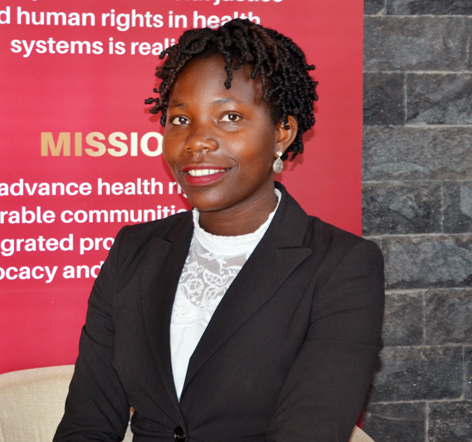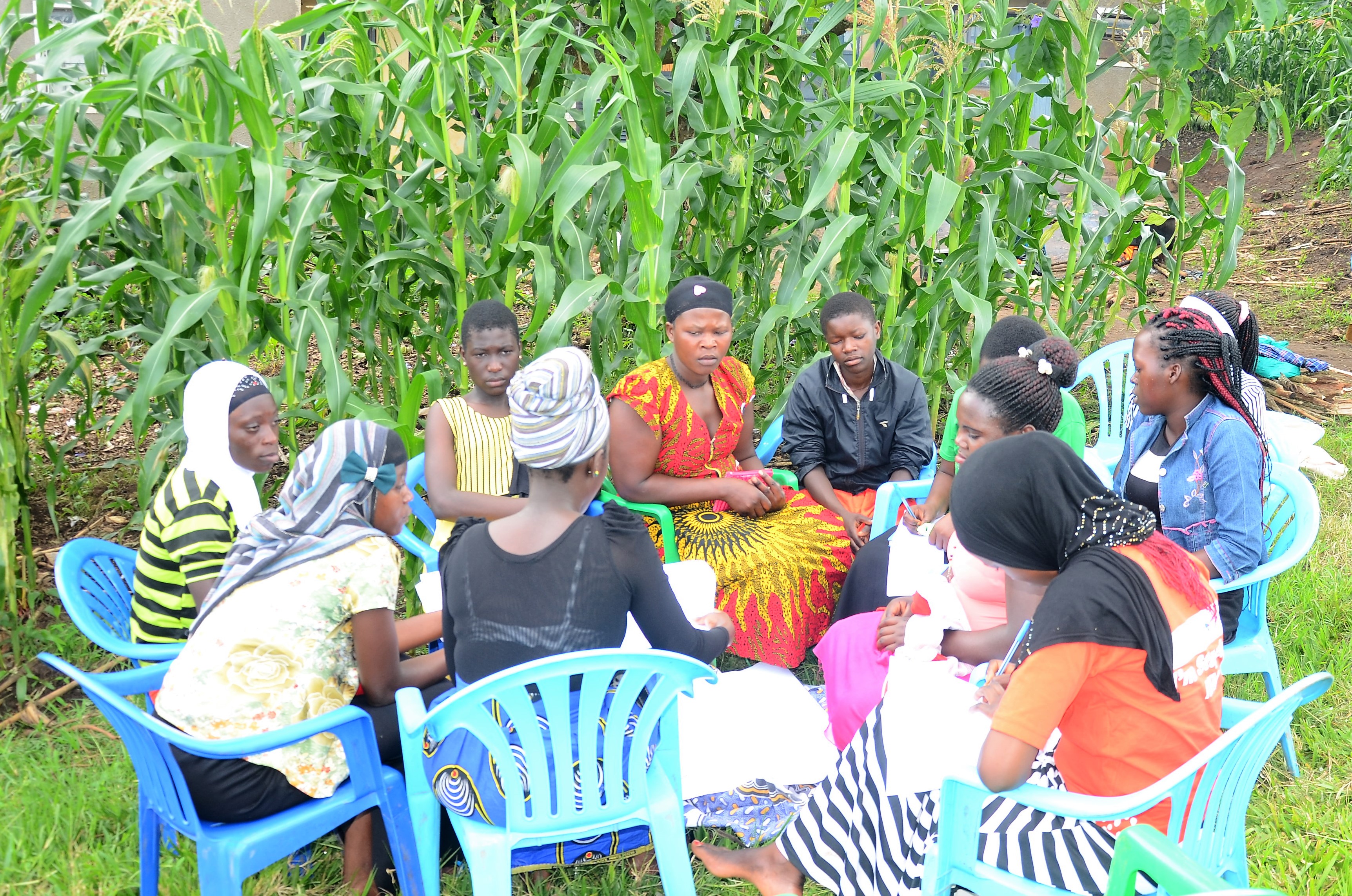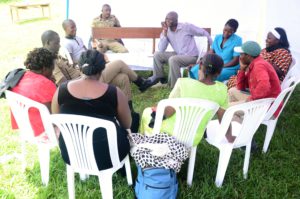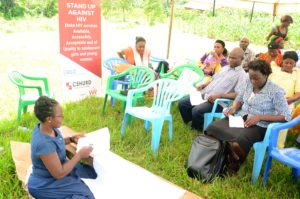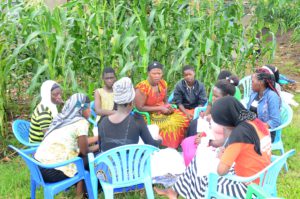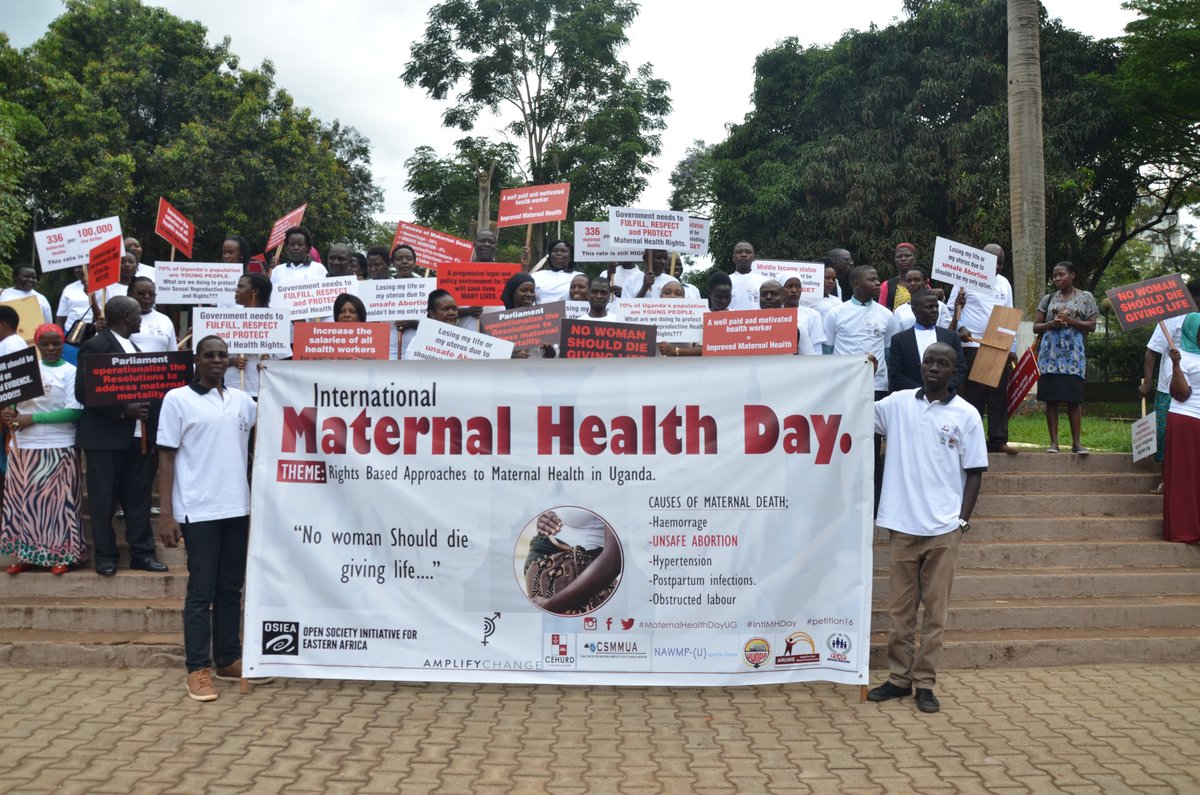By Specioza Avako
In Uganda today, Tobacco use has remained a significant public health challenge and a leading cause of non-communicable diseases including heart diseases and premature deaths. Annually around 6 million people die from diseases caused by tobacco use, including about 600,000 from second-hand smoke exposure. In 2013, approximately 1.3 million (7.9%) Ugandans used tobacco products. The prevalence of cigarette smoking among adults age 15 and over in 2013 was 5.8% (960,000), the adults were 10.3% of men and 1.8% of women. Smoking from combustible tobacco products contains more than 7,000 chemicals and has not only led to cancers but also cardiovascular (heart) diseases including; stroke, heart failure, aneurysm and coronary heart diseases which have become real tragedy in Uganda.
The World Health Organisation has marked 31 May of every year as the World No Tobacco Day (WNTD), highlighting the health and other risks associated with tobacco use, and advocating for effective policies to reduce tobacco consumption. The 2018 World No Tobacco Day theme was “Tobacco and Heart Disease”. For Uganda, the World No Tobacco Day 2018 celebration was an opportunity for addressing the tobacco epidemic and its impact on public health, particularly on heart diseases that cause the death and suffering of people. It was also an opportunity for Uganda to focus on the Sustainable Development Goals to ensure healthy lives for all and encourage countries to reduce mortality from non-communicable diseases (NCDs).
This year, the Ministry of Health (MoH), the World Health Organisation (WHO), and the Uganda Tobacco Control Advocates including the Center for Health, Human Rights and Development (CEHURD) organized and participated in week long activities which started on 25th May 2018 to commemorate the World No Tobacco day. Some of these activities included a press briefing at the Uganda Heart Institute on the 29th May 2018 and display of ICT materials on Tobacco and cardiovascular diseases (CVD). These activities were crowned by the event on 31st May 2018 which begun with a march from Kanyanya a suburb in the outskirts of Kampala to an open field in Mpererwe market. The colorful procession attracted attention of drivers, residents and pedestrians on the busy Gayaza road as the tobacco control advocates displayed placards and banners on tobacco and heart related diseases. The tobacco control advocates also cleaned the market as a way of giving back to the community.
CEHURD also had a legal aid clinic where lawyers explained the law, roles and responsibilities of different stakeholders in creating a smoke free environment to community members. This legal aid clinic provided an opportunity to explain the nexus between the law and non-communicable diseases and particularly heart diseases. Furthermore it was an avenue of receiving feedback on the practicability, compliance and the implementation of the newly enacted Tobacco Control Act, 2015.

